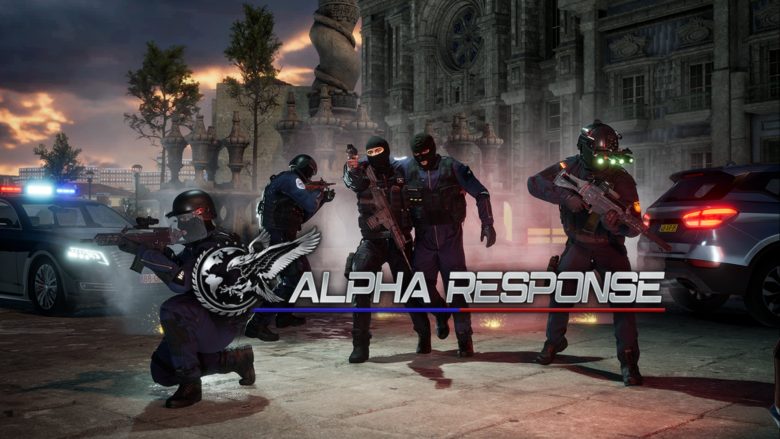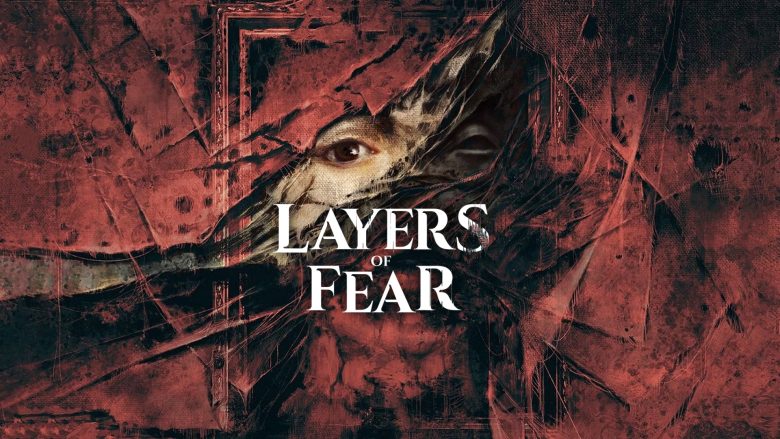Steelkrill brings us a new first person horror game. The Voidness will take us into an intense and terrifying experience. Alone we have to find answers and the way home, surrounded by gloomy darkness.
Steelkrill is a solo developer. We met him with The backrooms 1998, his previous game based on a famous internet creepypasta. Since then we have been able to appreciate his skills in building tension and anxiety. Now we will talk about his brand new work: The Voidness
I will not dwell on this game, if interested in it you can find our article here. Now I will talk about his new SCI-FI psychological horror game, a big step forward from its predecessor.
A Mission in Space
Francesca Lee, along with 8 crew members of the N.S.A.S. space specialists are investigating a new planet called Tenebris, immersed in an unexplained voidness. From early tests and studies this void seems to be some kind of another dimension, filled with just darkness and gloom.
The only way to see is by scanning the environment with your range finder device. Your only ability to see is by scanning the map with your range finder device. This device acts as a passageway into the gloom by spreading particles which will allow you to see with the naked eye. Scientists don’t know if gloom is a portal for somewhere else or if any creatures live there. One thing is certain: in the void we are not walking alone.



What’s L.I.D.A.R.?
L.I.D.A.R. is the acronym from Light Detection and Ranging or Laser Imaging Detection and Ranging. Is a remote sensing instrument that allows to determine the distance of an object or a surface using a laser pulse, but it is also able to determine the concentration of chemical species in the atmosphere and in expanses of water.
As with radar, which uses radio waves instead of light, the distance to the object is determined by measuring the elapsed time between the emission of the pulse and the reception of the backscattered signal. The source of a LIDAR system is a laser, a coherent beam of light at a precise wavelength, sent towards the system to be observed. Lidar technology has applications in geology, seismology, archaeology, remote sensing and atmospheric physics.
In The Voidness the developer Steelkrill took inspiration from this technology to create a good gameplay mechanic based on the constant discovery of the surrounding environment.
You Won’t Need Eyes to See
As said before the scanner is a great gameplay idea. Holding the mouse left button will let you fire laser particles that gradually show you the environment and path. A Big part of gameplay consists in holding fire on your scanner and pointing it in every direction. The sense of discovery and loneliness is well represented. Seeing the world being built around you is fascinating and the sound design helps immerse us in this silent darkness.
Obviously The Voidness is a horror game and this mechanic is beautiful but very scary.
The scanner has its own range: you can see only on the device range. You can upgrade it so as to improve the width of the beam and the direction. Choosing the right width of the beam is the key to have a good environment vision. During the exploration we are alone in a monochromatic world and it’s easy to get lost in this gray world. Fortunately Steelkrill uses gameplay solutions and quality of life mechanics.



Read the Colors
In the adventure in the gloom we have to recognise and understand three colors and their meaning. Green means interactable objects, useful for moving forward in the game like doors, medikit, gears and key items. Green also means safe zone. You can save by clicking on terminals and use turrets scattered along the way to have a visual reference point to not get lost. Remember that as in The Backrooms terminals have only one save, after that they become useless.
Red has two main meanings. Red stains and footprints are a hint to guide the player to the right path but that also means monsters and lurking creatures chasing you.
Terrible creatures are after you, and they are scanned in red color. They can see the player and above all, listen to him.
Like in The Backrooms monsters can hear you through the PC microphone and find your location. You have two ways to overcome them: hide under a table (safe zone) or make noise to attract them and go behind stealthily.
The last one is orange. This color represents the noisy environmental details like scraps on the floor and water. This last element is used to make a reference to a milestone of the horror genre. What do you think if I say: “a room filled with water with some floating crates”? Even more so if I say: “you only listen to something moving in the water”? Anyone who has played that game has already figured it out.



Early Access and Issues
Even though it is still in early access, The Voidness is a big step forward for Steelkrill in the horror genre management. We can see a good positioning of save points and monster spawning is not unfair. The areas in which to hide are recognizable and maps are quite big, allowing the player to use different tactics against the creatures.
Commendable is the use of tension and the constant sense of emptiness and anxiety will be with us throughout the entire game, thanks to a good use of sound effects. I’m sure that lovers of good stories and plot twists will certainly not be disappointed.
The adventure is split between the real world and gloomy world. Unfortunately and especially in the second half of the game we have some serious framerate drops. I won’t spoil it, but this problem happens often in the real world and it smashes all the good atmosphere. Sometimes the scanner stop working when we are hidden.
However I’m sure that these issues can be easily solved with good optimization work.
Despite these problems I highly recommend this game, especially if you want to live a fresh but intense horror experience.
If you want to know more about the developer you can find our I.G.D. interview with Steelkrill here!









